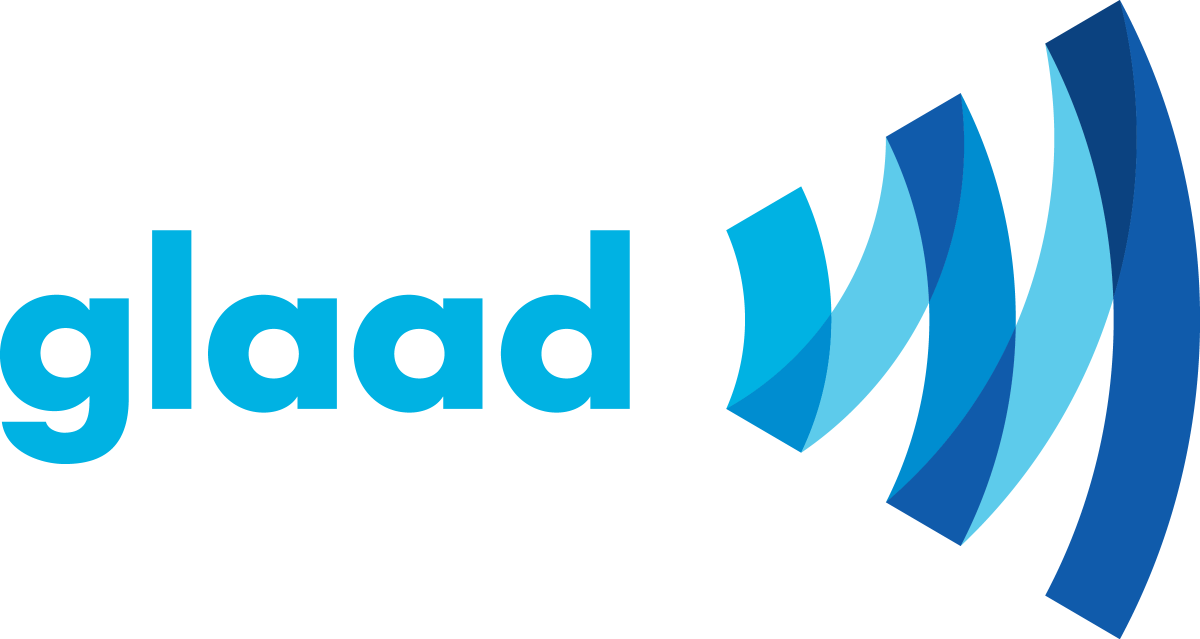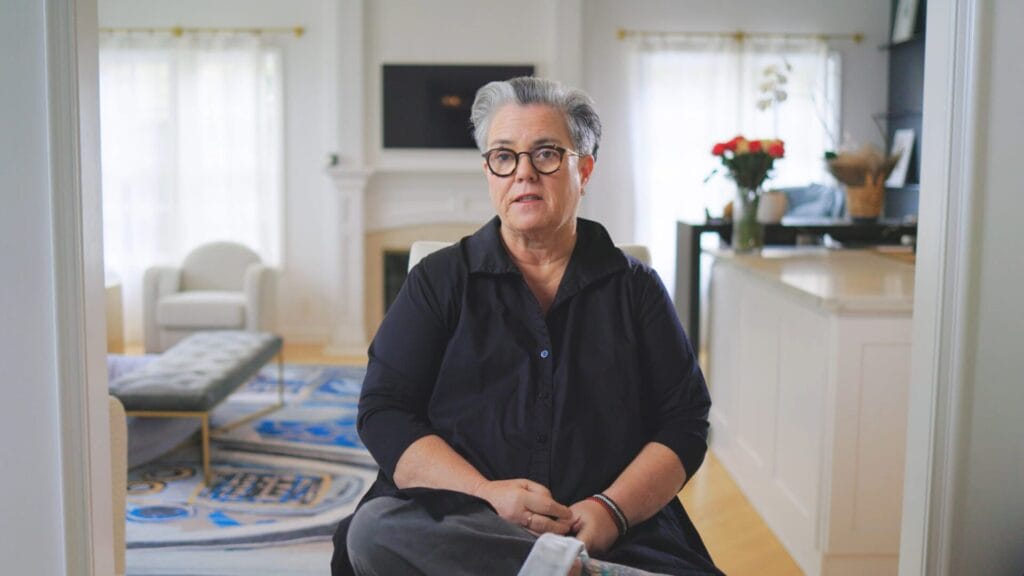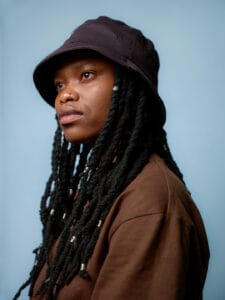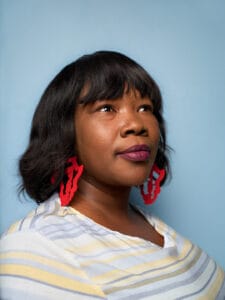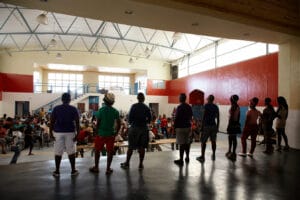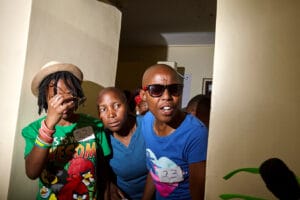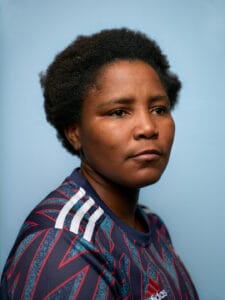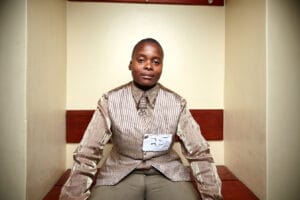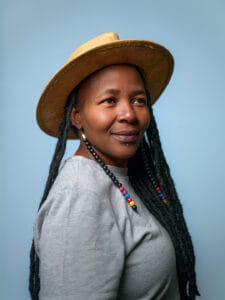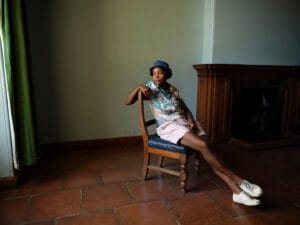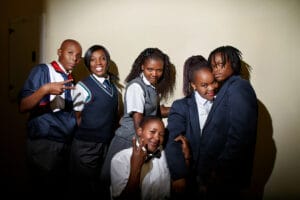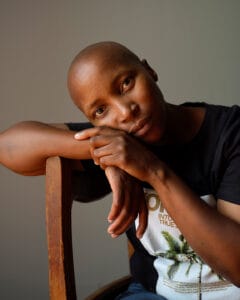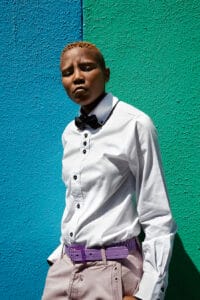Hulu’s documentary special Unleashing Hope: The Power of Service Dogs for Children With Autism with puts the spotlight on a special program by Guide Dogs of America’s (GDA) through the lens of many families and their children on the autism spectrum — one of them being Rosie O’Donnell and her child Clay.
Co-directed by Zeberiah Newman and Michiel Thomas and produced by O’Donnell and Terence J. Noonan and Hilary Estey Mcloughlin, the documentary was released in April, which was Autism Awareness Month. The doc gives an thoughtful look at the GDA’s service dog program for children on the autism spectrum.
From the incarcerated individuals training the dogs to following a child with autism named Kaleb and Clay’s journey with service dog Kuma, the filmmakers talked to GLAAD about the documentary, working with O’Donnell, and the parallels of the journeys of people on the autism spectrum and the LGBTQ community.
What is your connection to autism?
TERENCE NOONAN AND HILARY ESTEY MCLOUGHLIN: We all have connections to autism in our personal life and as producers we’ve done stories on autism over the years. But service dogs being trained for children with autism was not one any of us had heard about before that day we had lunch with Rosie. She shared with us how challenging life had become for Clay and for her when a service dog named Kuma entered their life. She told us that Kuma had saved her kid and that she was on a mission to make sure every parent of an autistic child knew about this program. What came from that lunch was more than a new connection to autism. It was a mission to make a film that would educate families, spread the word and raise money so that more dogs can be trained, and more kids can experience such a life changing gift.

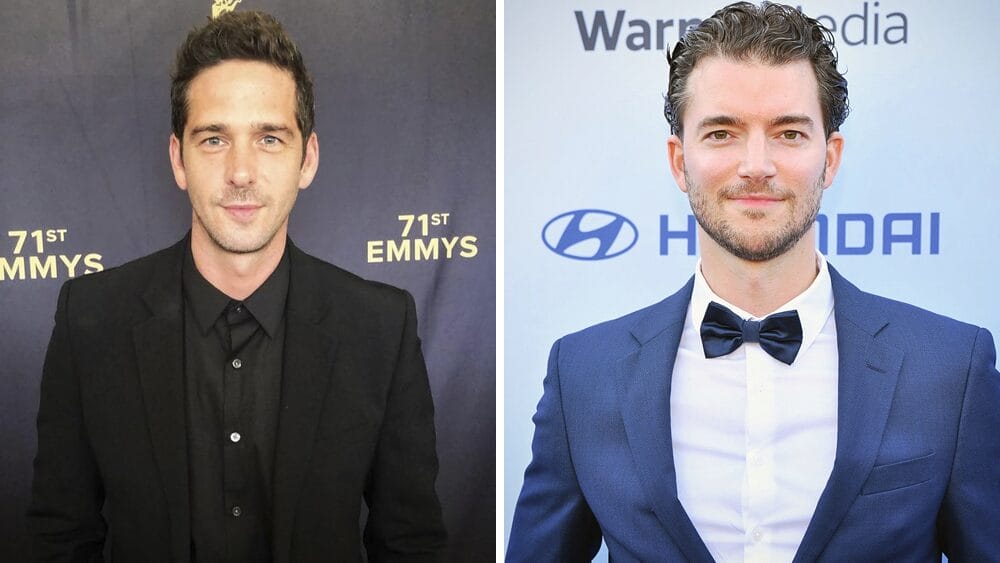
How did your own experiences as members of the LGBTQ community help inform your approach to helping tell these stories about people with autism?
ZEBRIAH NEWMAN & MICHIEL THOMAS: As members of the LGBTQIA+ community, we’ve had to navigate a world that doesn’t always see us, accept us, or understand our place within it. That experience of existing on the margins has shaped how we see others who are similarly misunderstood or misrepresented—including individuals on the autism spectrum. It’s given us a deep sensitivity to the nuances of identity, difference, and belonging. As filmmakers, this perspective allows us to approach storytelling with empathy and insight, seeking out the universal threads of humanity that connect us all, even across lines of politics, religion, or culture. Our lived experience gives us a kind of storytelling intuition—an ability to see and express what often goes unseen—and that’s something we bring to every frame of the stories we tell.
What was it like seeing the incarcerated men with their dogs going through the training program for the first time?
NEWMAN & THOMAS: This was one of the most powerful and emotionally intense shoots of our careers. What struck us immediately was the warmth, openness, and humanity of the incarcerated men we met—many of whom were around our age but had already spent decades behind bars. Watching them work with their dogs, showing such patience and care, was incredibly moving. While this isn’t a film specifically about prison reform, it was impossible not to reflect on the injustice of a system that can sentence people to life for a mistake made in their youth. We found ourselves asking: Where is the space for growth, for redemption, for compassion? We left that shoot emotionally shaken—deeply disturbed by the realities of incarceration, yet also profoundly inspired by the resilience and joy these men still manage to find within the confines of prison life.


Considering she is a public facing name, was Rosie O’Donnell immediately open and vulnerable about sharing so much about her personal life and journey with Clay?
NEWMAN & THOMAS: Yes, Rosie was incredibly open and motivated from the very beginning to share her story and help tell Clay’s. From the first moment we met her, she brought that unmistakable charm and humor—but also a deep sense of humility and determination. She wasn’t just a subject; she became a true creative partner, involved in every step of the process—from development to filming to the editing room. Rosie is everything you’d hope she’d be: funnier, more generous, and even more grounded than we could have imagined. Working with her has been a rare honor—she’s one of those once-in-a-generation talents who also happens to be deeply human and fiercely committed to telling stories that matter.
Rosie talked about how she struggles using the correct pronouns for Clay. So much so she literally tattooed “they” in Clay’s handwriting on her wrist. There were moments in the doc when Rosie uses “she” instead of “they” during her interviews. Why did you choose to leave that in?
NEWMAN & THOMAS: As documentary filmmakers, our goal is always to honor the truth—and the truth of Rosie and Clay’s relationship is that it’s rooted in deep love, effort, and vulnerability. Rosie is a mother who’s willing to go to extraordinary lengths to support her child, even when it means confronting her own learning curve. Her tattoo of “they,” written in Clay’s handwriting, is a powerful symbol of that commitment. We chose to leave in the moments where she slips and uses the wrong pronoun because they reflect a very real, very human part of this journey. Many allies struggle with this, even with the best intentions. By including those moments, we hoped to show that it’s okay to not be perfect—that what matters most is the continued effort and willingness to grow. The love is in the trying, and we wanted to capture that with honesty and compassion.
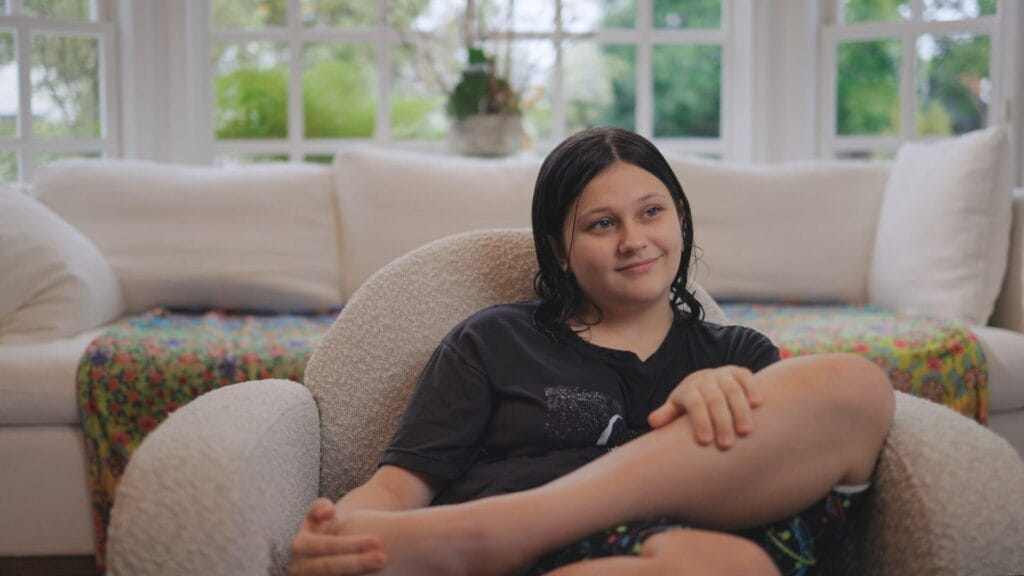
What were some of your favorite moments that we didn’t get to see with the families?
NEWMAN & THOMAS: One of our favorite moments that didn’t make it into the final cut was from the fair in Moscow, Idaho—a day that was just bursting with joy. We personally love everything about fairs: the food, the rides, the chaotic energy of the crowds. It was such a vibrant, sensory-rich environment, and it brought out something really special in the families. One moment that stands out was Kaleb’s pure excitement about the rides—especially one of those classic, slightly terrifying fair rides. He and his brother Brayden went on it together, and when they stumbled off, they immediately collapsed onto the grass in this hilarious, dizzy heap. It was such a funny, tender snapshot of sibling connection—just two brothers laughing and recovering side by side. Moments like that remind us how important it is to show joy, not just struggle, in stories about families and neurodiversity.
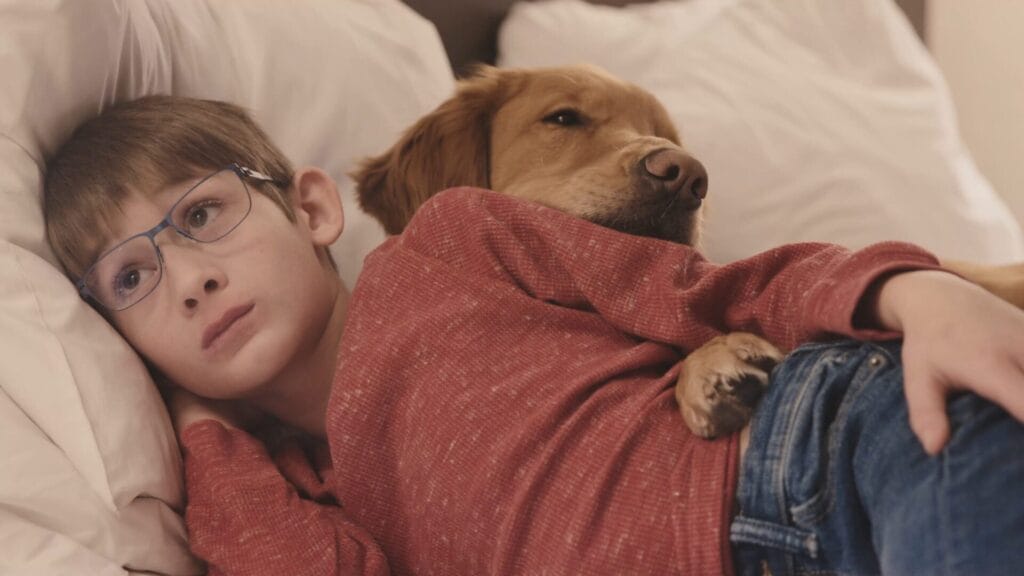
What was one unexpected thing you learned about autism while making this documentary?
NEWMAN & THOMAS: One of the most unexpected—and beautiful—things we learned while making this documentary is just how much we can gain by embracing different ways of experiencing the world. We came to see neurodivergence not as something to be “fixed,” but as a unique and powerful lens through which to view life. The idea of “magical brains”—of individuals who see, feel, and process the world differently—became something we truly came to admire. There’s something extraordinary about someone having an unusual experience on this Earth, and we believe that should be celebrated, not stigmatized. If anything, this journey taught us that we all benefit when we slow down and really listen to the perspectives of those who see things differently—it’s not just eye-opening, it’s transformative.
What have been some memorable reactions you have received from people who have watched?
ALL: We’ve been incredibly moved by the response. We’ve received hundreds of messages—from friends, family, colleagues, and complete strangers—sharing how deeply the film resonated with them. Some wrote to say they saw their own families reflected on screen for the first time; others shared that it helped them better understand a loved one or even themselves. The emotional impact has been overwhelming in the best way. It’s a reminder of why we do this work. We’re so grateful to have had the opportunity to tell this story and to collaborate with such thoughtful producers and partners at ABC and Hulu. The entire journey has felt, in many ways, magical—and the responses have only deepened that sense of purpose and gratitude.
View this post on Instagram
